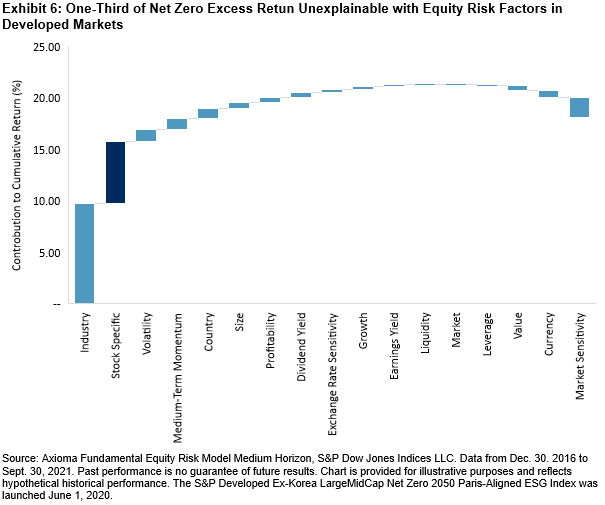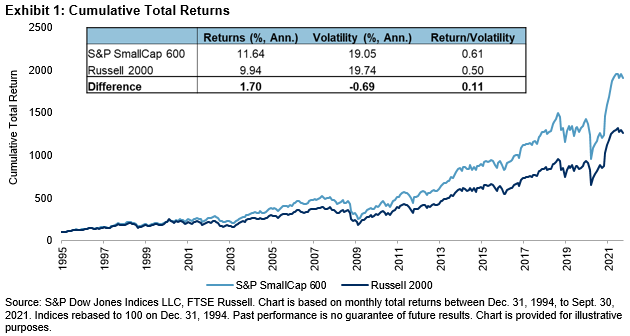In 2020, pandemic-driven lockdowns in India caused gold demand to drop. So far in 2021, Indian demand for gold is 500 tons greater, even with two months left in the calendar year. China has been the primary destination for gold over the past few years and that continued this year, but a strong pickup in Indian demand coupled with lower growth in consumption from China is allowing India to gradually narrow the gap. According to the World Gold Council, jewelry demand rose 58% year-over-year in India in Q3 2021, compared with 32% growth in China over the same period. Similar year-over-year outperformance was seen in gold bar and coin investment growth from India versus China. Depending on demand in Q4 2021 with the Diwali festival, India could return to peak levels last seen in 2013. That year was the last time India was the number one destination for gold, beating out China.

There are a few positive catalysts helping the second most populous country in Asia. The government lowered the import duty to 7.5% from the prior 12.5%, making it cheaper to buy in India this year. Previously, a relatively high duty compared with other major economies dampened demand somewhat, but the sheer size of gold jewelry demand in India seemed to always overcome this headwind. This is less of a headwind after the reduction.
Pent-up demand after a once-in-100-years pandemic played a role in the massive increase this year. Base effects distorted most economic data at some point, but the increase in demand was unexpected by most analysts. India was hit hard by COVID-19 but each time restrictions were lifted, imports picked up. Gold imports initially contracted sharply in May and June 2021, but surged from July through September from pent-up demand for weddings and improved business sentiment in the gems and jewelry industry, according to the Reserve Bank of India.
Switzerland is the world’s largest exporter of gold and the origin of half of India’s gold imports in a typical year. The percentage of India’s total gold imports coming from Switzerland has been on the rise over the past few years, as it is known for having some of the best gold refineries producing the finest quality gold.
With the Diwali season providing a strong backdrop for gold demand, the typically price-sensitive Indian buyers are seeing gold as more attractive at these lower levels compared with last year. During this festive time, gold may find its footing again as the market turns attention back to the precious metal.
The posts on this blog are opinions, not advice. Please read our Disclaimers.























































